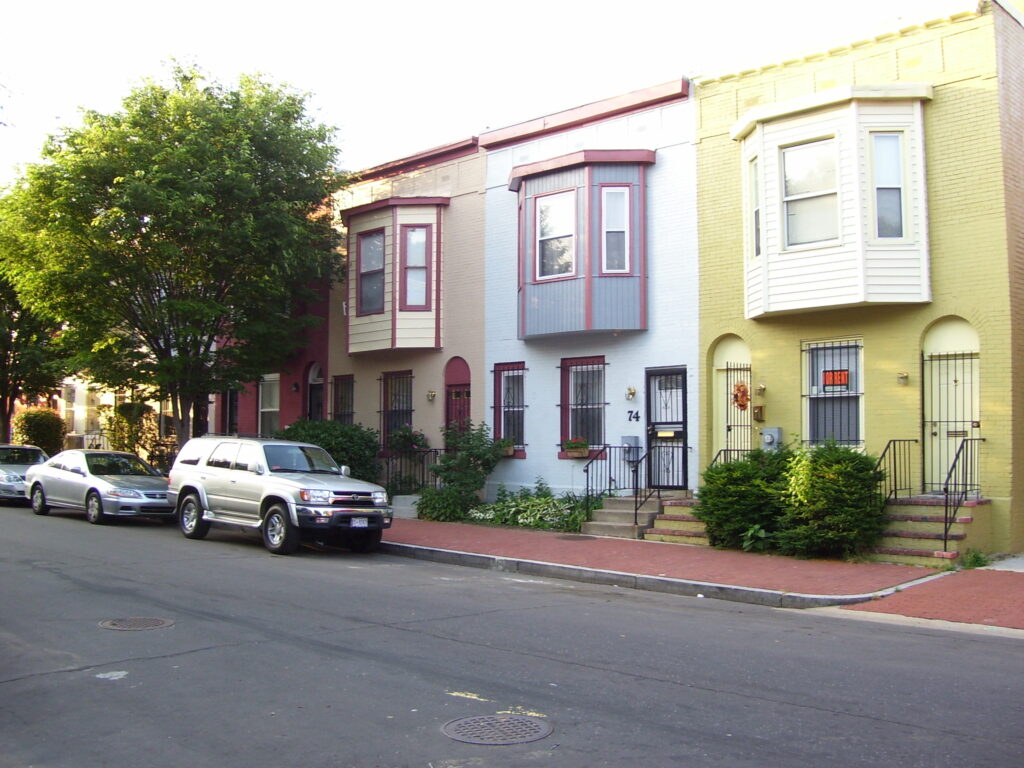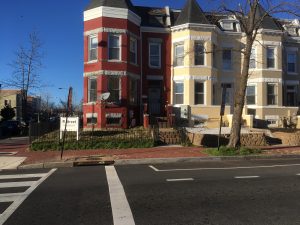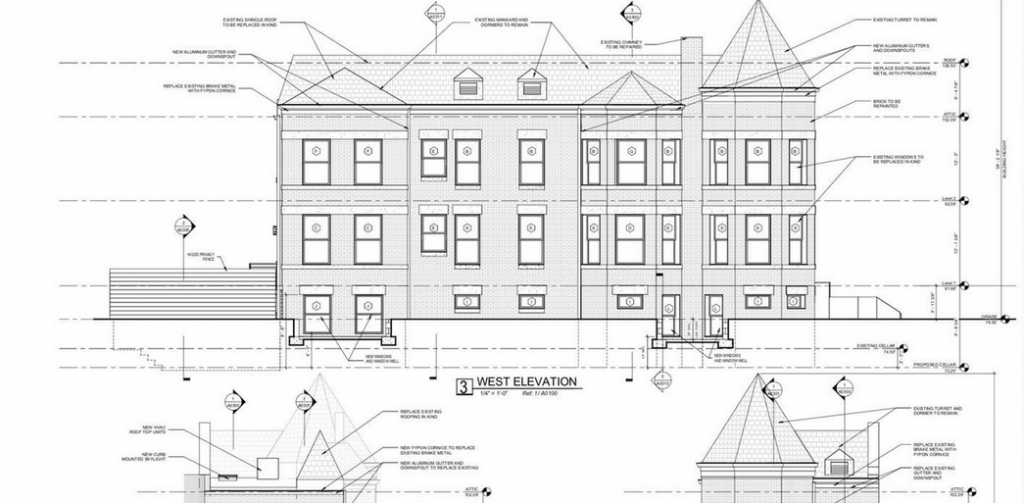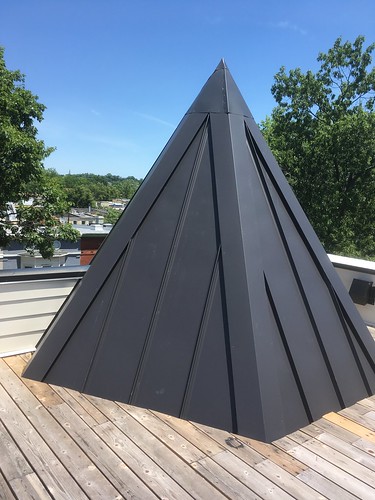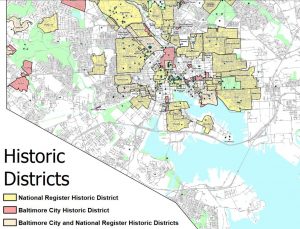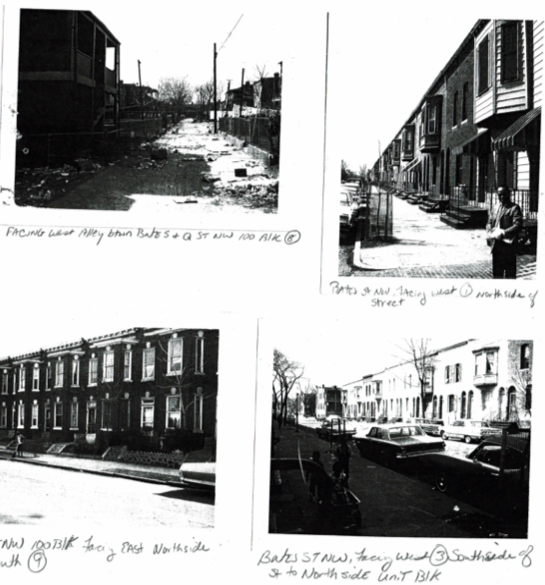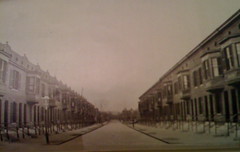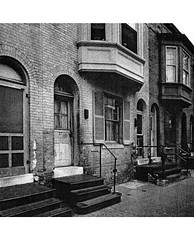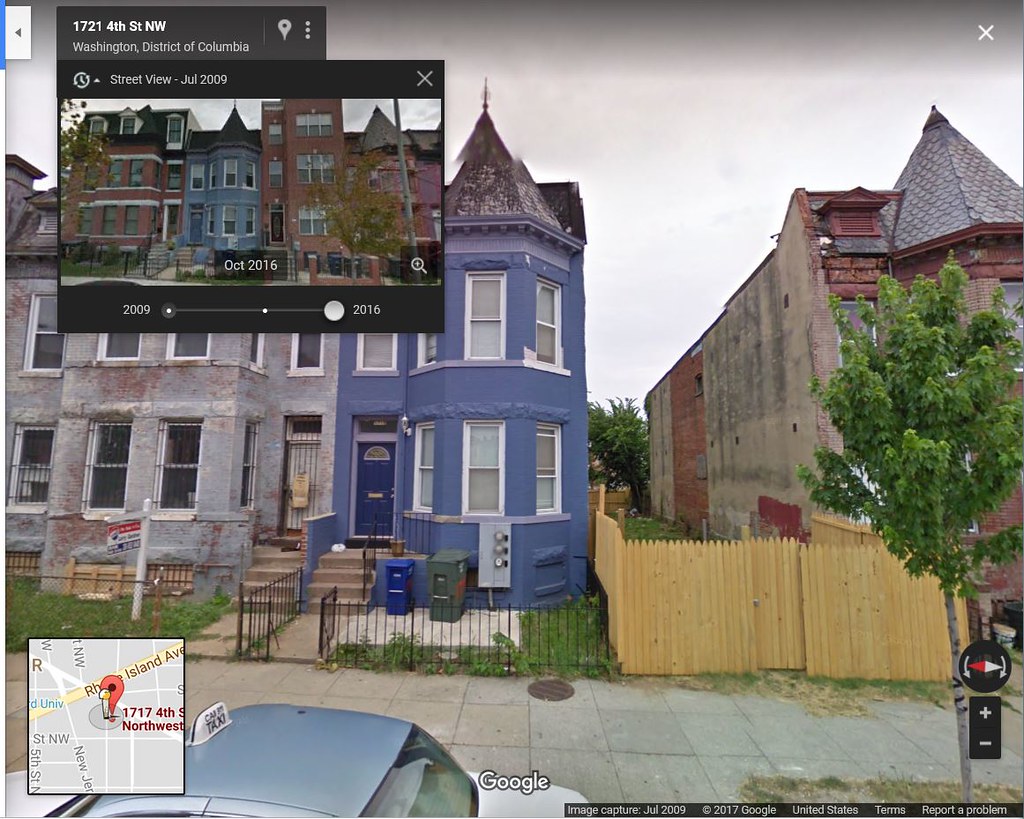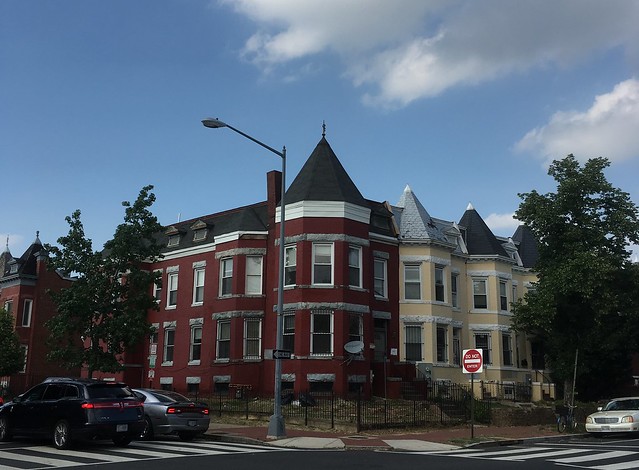This is a reposting of an old post from 2007. For some odd reason I was thinking about when historic districting goes south and remembered this case.
Long story short, artist Laura Elkins and John Robbins were getting on the Historic Preservation Office’s (HPO) and DCRA’s bad side and it resulted in a search warrant of their home, where they were living. The incident got some press. It attracted my attention. And it worked its way through the courts. Leagle has a pretty good summary of the case.
See also- Memorandum Opinion- 2007
Memorandum Opinion- 2008
United States Court of Appeals 2012 Decision
File under WTF?
Thanks Ray for pointing out an article in the Washington Times [dead link] (as I hardly ever read that paper) of a couple who won a lawsuit against the DC government for a raid on their home, unlawful seizure of papers from said home, regarding perceived Historic Preservation violations.
A little Google search regarding the saga reveals differing opinions on if the couple actually did the HPRB dance correctly, which is not the matter that makes me fearful, it was the police raid of their home that concerns my little libertarian heart. The portion of the 4th amendment the violation in this is “no warrants shall issue, but upon probable cause, supported by Oath or affirmation, and particularly describing the place to be searched, and the persons or things to be seized.”
According to the lawsuit [pdf] a March 26, 2003 warrant was issued to search the home of Ms. Elkins and Mr. Robbins, but the warrant didn’t say anything about seizing papers or the like. The next day DC’s finest and DCRA “officials went throughout the home (including the
bedrooms of sick children home from school), opening drawers, observing, and taking photos.”
Seriously, this is just supposed to be about exterior crap, not worthy of a f*ing raid. One of the few things I agree with the pro-Historic District people on is that HDs are about the outside aesthetics of house, and what can be observed from the street, etc, etc. However, this, is something else. Investigate the case for yourself, decide if DC went too far a violated a family’s privacy and order.
On the bright side, Ms. Elkins, an artist, has turned her experience into art.

